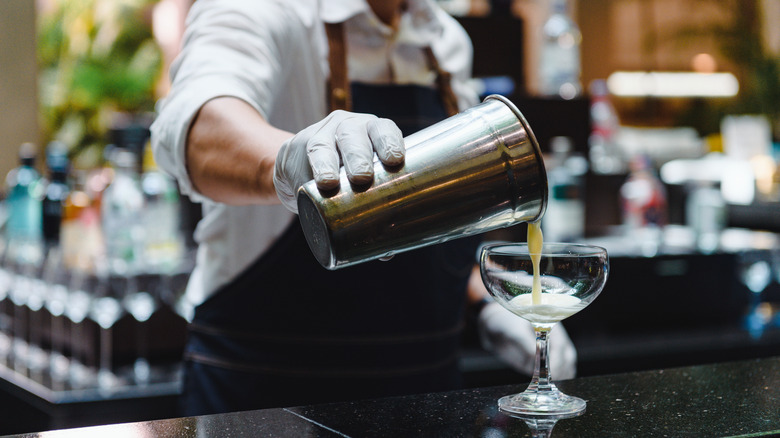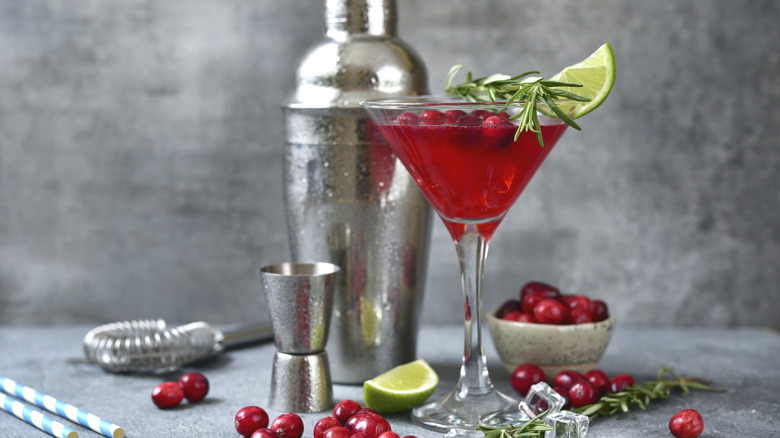The Popular Vodka Cocktail With New England Origins
New England has plenty of markers of identity — the clam shack, the summer ferry, the windswept cranberry bogs — but few things have earned as much quiet pride as a drink served over ice in a highball glass. The Cape Codder might as well be the signature drink for the state of Massachusetts, a title that elevates a simple vodka-and-cranberry into something more symbolic. It's a reminder that, like chowder or whoopie pies, drinks can be just as much a shorthand for place as food.
That's partly why the Cape Codder's name matters. Across the U.S., cocktails tend to be named after their ingredients (vodka soda, rum and Coke) or after big cities that signal sophistication (the Manhattan, the Moscow Mule). But in a catalog of regional food names around America, Cape Codder feels distinct. It doesn't describe what's in the glass so much as it roots the drink in a landscape, letting you taste a little bit of the Cape whether you've ever set foot there or not.
Of course, this connection isn't always obvious to people outside of New England. In places like Minnesota, bartenders will blink if you order one — they're more likely to hand over a "vodka-cran" than a cocktail with a coastal pedigree. Yet that patchwork of recognition is what makes the Cape Codder interesting: it's local enough to signal Cape pride, but recognizable enough nationwide to still find its way onto menus.
How the Cape Codder gets its name
For a drink that looks so effortless, the Cape Codder has a surprisingly corporate origin story. Ocean Spray, the cranberry giant headquartered in Lakeville, Massachusetts, didn't just grow fruit — it sold an idea. In the 1940s, the co-op tested out a cocktail of vodka, cranberry juice, and lime under the punchy name "Red Devil." The recipe was simple enough, but the branding didn't land. Two decades later, the company gave it a makeover, christening it the Cape Codder and splashing it across glossy magazine ads in Time and The New Yorker. Suddenly, a humble highball became a symbol of coastal cool, marketed as if it had been around forever.
Of course, the recipe itself was never complicated. A glass of ice, a shot and a half of vodka, about a third of a cup of cranberry juice, and a lime wedge for brightness. Some insist the lime is what separates a Cape Codder from a plain vodka-cran, though outside New England the distinction usually gets lost.
That variety in naming underscores how cocktails travel. One person's Cape Codder is another's vodka-cran, and the difference comes down to context. Ocean Spray might have pitched it as cranberry-infused vodka in glossy ads, but the truth is more relaxed: order one at a bar on the Cape, and you'll be understood without question.

